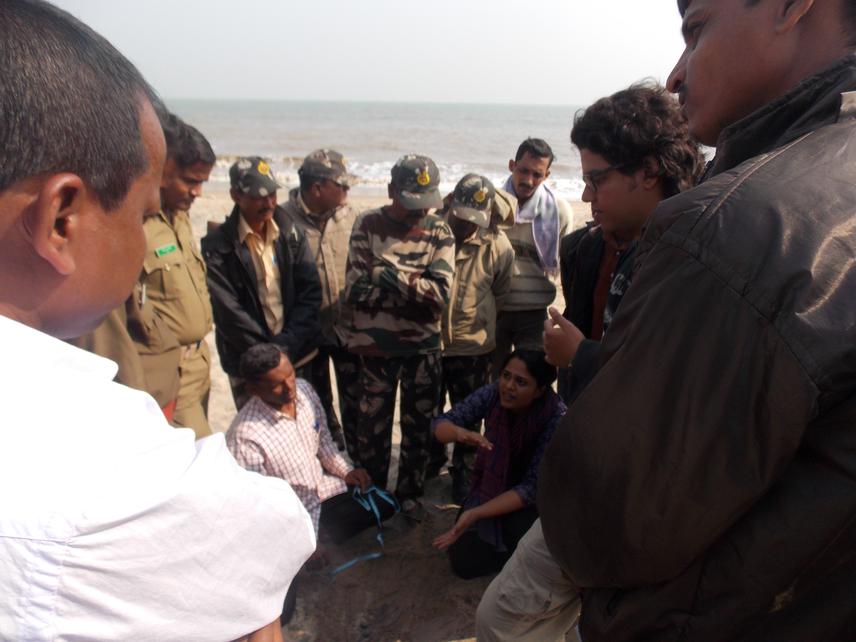Madhuri Ramesh
Other projects
15 Dec 2006
Status Survey of the Spiny-Tailed Lizard Uromastyx hardwickii in the Arid Regions of Rajasthan, North-Western India.
This study addresses an ongoing debate about the role of marine Protected Areas (MPAs) in conservation with particular reference to highly mobile, migratory species that face local and non-local threats. I focus on Olive ridley turtles since one of the world’s largest breeding aggregations occur in Odisha and two different conservation approaches are followed.

Marine biodiversity conservation is often based on a protectionist model where efforts focus on area-based protection (most often state-led) and mitigation of localized threats, usually by curbing resource use by local communities.
However, marine turtles in particular pose serious challenges to area-based protection since they often move outside MPAs to feed, migrate and reproduce. Moreover, the main mating and nesting locations can also vary within a single season. Non-local factors and natural disturbances such as development of coastal infrastructure or cyclones and shoreline erosion may also impact occurrence and behaviour of marine turtles within an MPA.
Finally, conservation practice often differs from policy since practitioners actively modify recommended management action according to their perceptions and local conditions, thereby influencing conservation outcomes.
This study seeks to contribute to the debate on the conservation effectiveness of PAs by assessing whether the demarcation of more PAs is sufficient for marine conservation or if diverse approaches are required. Specifically, the proposed study will document the practices of conservation actors and challenges faced, social consequences of the conservation practices and effectiveness of the conservation practices in dealing with current, non-local threats to olive ridleys.